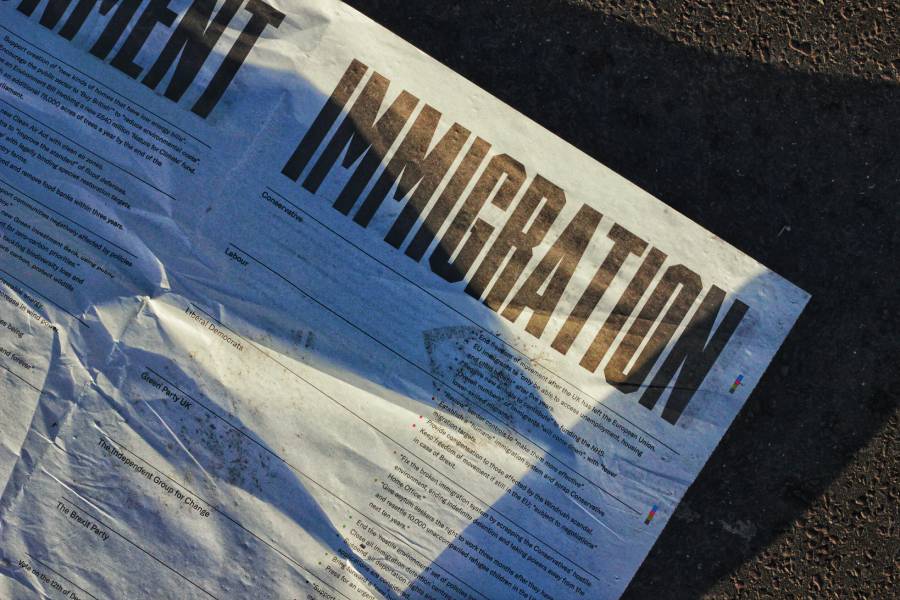New Changes Coming to Australia’s Immigration System in 2023
Since taking office in May, the new government led by Labor’s Anthony Albanese has already significantly altered Australia’s immigration laws and started to address the visa backlog. However, there may be even more changes in 2023 as the government has pledged to examine the effectiveness of skilled migration occupation lists, which some people believe are out-of-date.
The COVID-19 pandemic had barely begun when the most recent update to the current Skilled Migration Occupation List was made on March 11th, 2019. The administration declared shortly after taking office that the permanent migration program would increase from 160,000 to 195,000 spots for skilled and family visas in 2022–2023. The number of skilled visas made available through the program will rise from 79,600 to 142,400, according to the budget released in October.
The government also announced changes to Temporary skill shortage (TSS) subclass 482 visas that would allow people to apply for permanent residency, the removal of age restrictions on 457 visa holders, and expanding the eligibility for subclass 462 working holiday maker visas.
Here are the top five Australian visa opportunities for 2023.
1. New visa requirements for some nations
In July 2023, a new visa will be established, offering 3,000 spots for qualified immigrants from the Pacific region and Timor Leste. Each year, vacancies for the Pacific Engagement visa (PEV) will be distributed by ballot. In addition to the openings in Australia’s permanent migration program, these visas will be made available.
2. Priority service for citizens of New Zealand
Australian residents of New Zealand will receive priority processing for their applications for Skilled Independent (Subclass 189) visas. The department no longer requires applicants to have lived in Australia for at least five years, achieve specific taxable income thresholds, or meet certain health conditions in order to be granted a visa. To clear the backlog in the system, the department will not be accepting new visa applications from 10 December 2022 until 1 July 2023. Individuals who are granted visas will have quicker access to the perks of permanent residency, such as immediate enrollment in the National Disability Insurance Program and automatic citizenship for their Australian-born children. Beginning on January 1, 2023, those who receive a New Zealand stream visa will also have their citizenship pathway expedited.
3. Available visas sponsored by states
The number of visas available through the states and territories is expected to drastically expand as a result of the bigger regional allocation, according to former Department of Immigration Secretary Abul Rivzi. A representative for the Department of Home Affairs stated that the department has established a planning level of 31,000 spots for regional category (subclass 491) and 34,000 additional places in the regional category (subclass 190), the majority of which are nominated by state and territory administrations. There will be another 5,000 visas for the business innovation and investment program (subclass 188). One of the biggest advantages of a state-sponsored visa is not being tied to a particular employer – although applicants have to be younger than 45 years old and have to also find their own jobs.
4. Easy family reunion
By implementing demand-driven partner visas in 2022–2023, the Albanese government has made it easy for families to reunite. Therefore, there is no cap on the total number of these visas that can be given. This fiscal year, the government expects to provide about 40,500 partner visas. Demand also determines the number of child visas given, which is projected to be about 3,000.
5. Modifications to visa processing
Once the government ceased utilizing the Priority Migration Skilled Occupation List (PMSOL) to rank applications, skilled visa applications for teachers and healthcare professionals are now being evaluated in just three days. On October 28, 2022, Ministerial Directive No. 100 was released, setting new guidelines for application prioritization. Now, decisions on applications are made in the following priority order:
– Healthcare or teaching occupation applications;
– For employer-sponsored visas, applicants nominated by an Approved sponsor with Accredited Status;
– Those for a designated regional area;
– For permanent and provisional visa subclasses, visa applications that count towards the migration program, excluding the Subclass 188 (Business Innovation and Investment (Provisional)) visa;
– All other visa applications.
For both provisional and permanent skilled visa applications, applicants outside of Australia are given preference within each category.
source: konnecting.com

